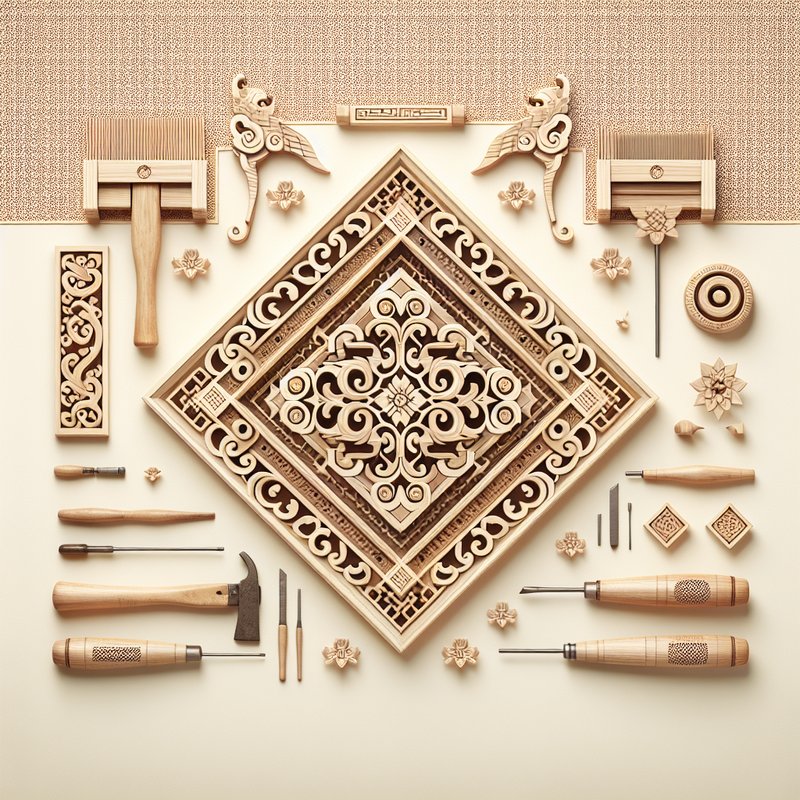The Historical Roots of Vietnamese Woodworking

The history of Vietnamese woodworking spans centuries, rooted in the country’s rich cultural heritage. From ancient temples to traditional furniture, the intricate woodwork reflects a blend of indigenous techniques and influences from neighboring countries, creating a unique artistic expression.
Woodworking in Vietnam has historically been more than just a craft; it’s a profound cultural symbol. Artisans have long been regarded as keepers of tradition, preserving historical designs and techniques passed through generations, each piece telling a story of Vietnam’s past.
Distinctive Techniques and Materials

Vietnamese woodworking is celebrated for its distinctive techniques that highlight the natural beauty of wood. Artisans use local materials like teak, rosewood, and bamboo, employing tools that have remained largely unchanged for generations to carve intricate patterns and designs.
Carving, inlaying, and joinery are pivotal techniques mastered by Vietnamese craftsmen. Each method is applied with meticulous precision, turning raw wood into elegant sculptures and functional furniture that bear cultural significance and artistic value.
Cultural and Spiritual Significance

Vietnamese woodworking carries deep cultural and spiritual significance. Many wooden structures and artifacts are infused with symbolism, representing beliefs and traditions. Temples, altars, and statues often feature the finest woodwork, exemplifying the convergence of craftsmanship and spirituality.
Beyond religious contexts, everyday items crafted from wood hold cultural meanings, with certain patterns and motifs symbolizing prosperity, protection, and harmony. This symbolic artistry continues to enrich the spiritual life of the Vietnamese people.
Modern Adaptations and Global Influence

Today, Vietnamese woodworking is a testament to adaptability and resilience as artisans incorporate modern designs and techniques while respecting traditional roots. Vietnamese woodwork is gaining international recognition, with contemporary pieces gracing global markets and exhibitions.
Modern adaptations often blend traditional motifs with innovative designs, appealing to both domestic and international audiences. This fusion not only preserves the craft but also promotes Vietnamese cultural identity on the world stage.

Leave a Reply